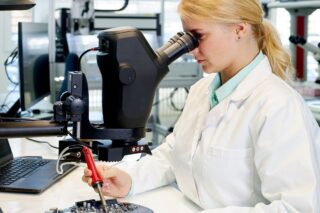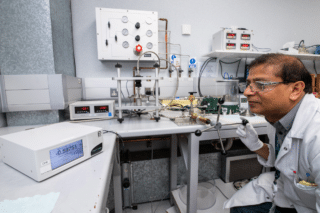Perseverance will serve as the supply boat for the vertical marine vessel the Polar POD in the Antarctic Ocean. This major upcoming expedition is the brainchild of French navigator Jean-Louis Étienne, who we met onboard Perseverance in the port of Marseille.
On the occasion of Perseverance’s christening in Marseille a couple of weeks ago, DirectIndustry e-magazine had the chance to board the boat and speak with some of the main participants in the project including the dreamers behind it Jean-Louis Étienne and his wife Elsa Peny-Étienne, the scientific program coordinator Hervé Le Goff and the boat’s patron Catherine Chabaud.
A Vessel Ready for Extreme Conditions
Under the hot sun onboard the boat in the port of Marseille, it’s difficult to imagine that Perseverance is bound for the Antarctic. But Jean-Louis Étienne, along with his scientific and technical teams, assures us it’s ready for the extreme conditions of the Antarctic Ocean. The aluminum boat is 42 meters long and 11 meters wide with 3 decks. On the upper deck there’s a bridge and a wardroom, cabins on the middle deck can accommodate a crew of 8 along with 12 passengers, and the lower deck houses the engine room and a 23 m2 laboratory for scientists.
Hervé Berville, the French Secretary of State in charge of the sea, was present last Wednesday and stated what an honor it was for him to be at the christening of Jean-Louis Étienne’s ambitious project. He highlighted the importance of studying the oceans for the future of the planet:
“We can’t solve climate issues without taking care of the oceans.”
He went on to say that creating awareness is much more effective when you inspire people to dream rather than trying to instill a sense of urgency in them:
“I don’t think we’ll succeed in involving the population with speeches on urgency, but by making them dream.”
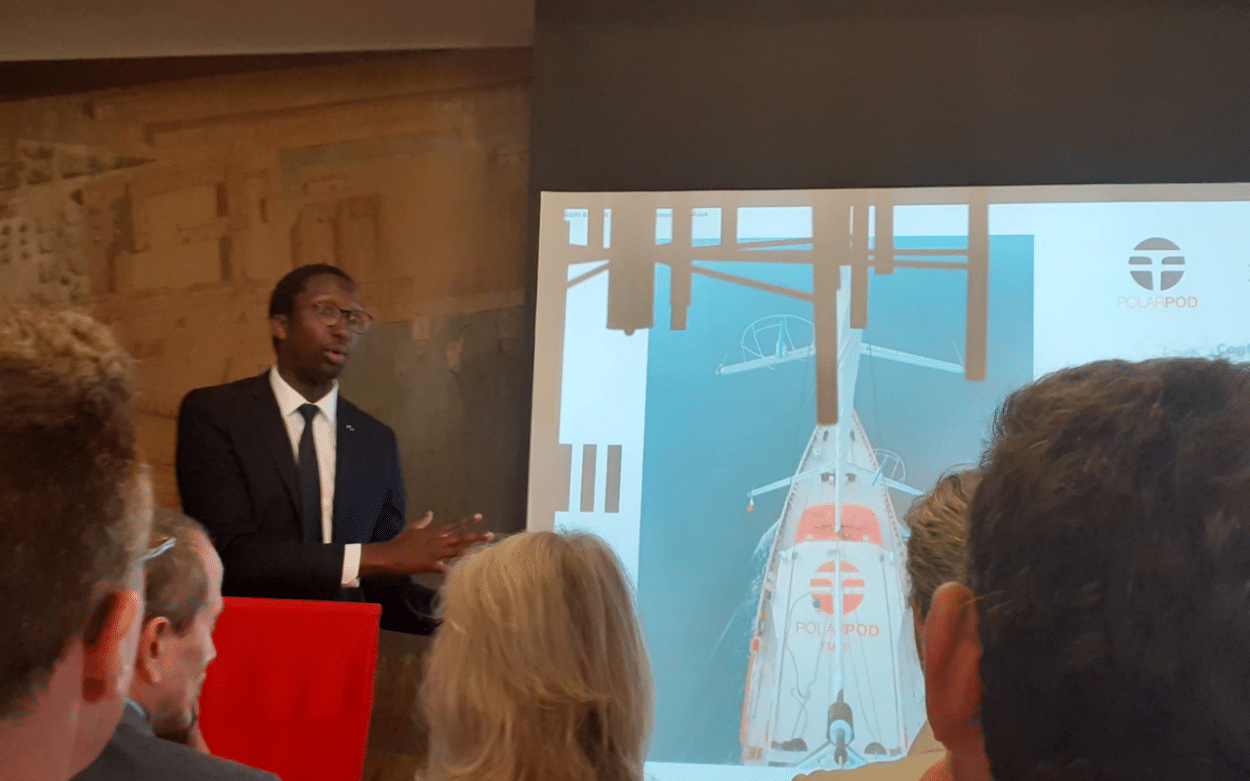
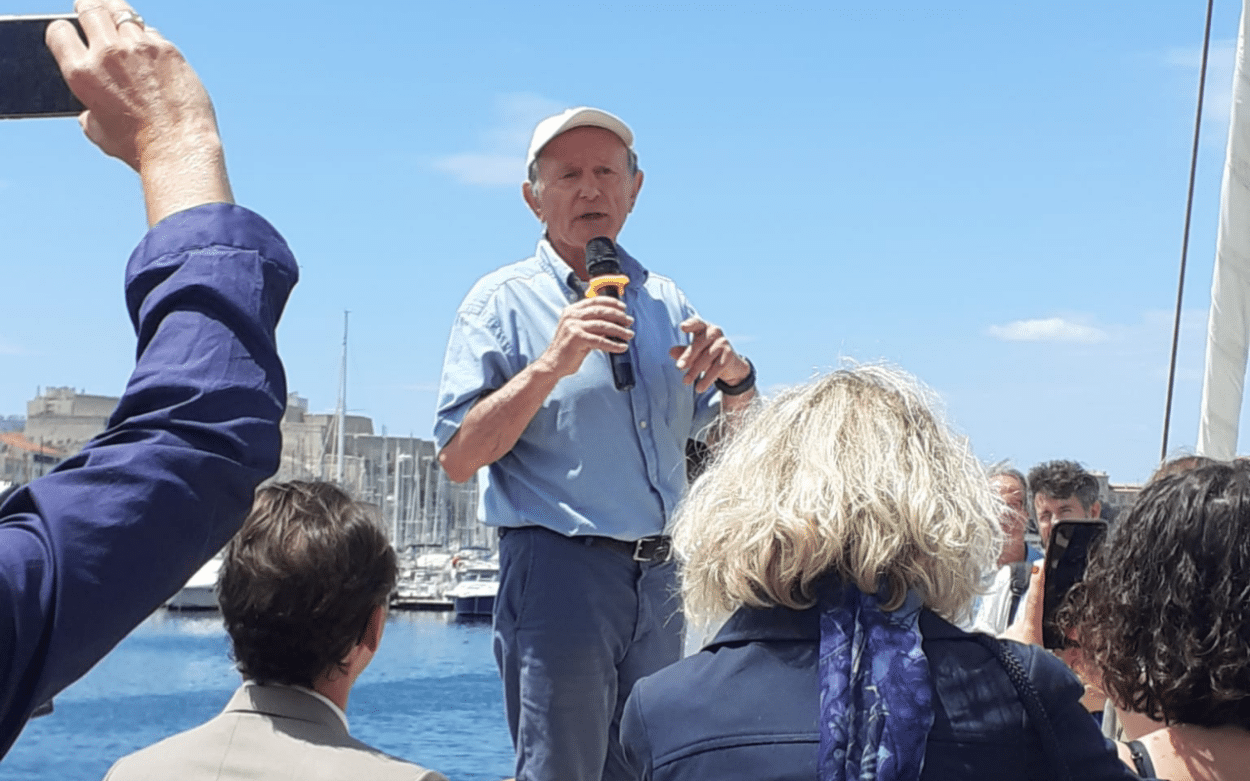
A Dual Mission
Jean-Louis Étienne spoke about Perseverance in the wider scope of the Polar POD project, a mission to set a vertical vessel in the Antarctic Circumpolar Current for 2 years to obtain reliable data measurements on the Antarctic Ocean. Jean-Louis stressed the importance of studying the Antarctic Ocean as one of the world’s largest carbon sinks, due in part to its turbulent nature and cold temperature. Jean-Louis emphasized the need for reliable data for the relatively little-known region:
“All of the explanations that have been made about the Antarctic Ocean come to the same conclusion: we need measurements.”
Perseverance was designed with two main missions in mind: the first is to participate in the Polar POD project, bringing supplies and enabling the changing of the crew every 2 months. This means traveling between the coast and the Polar POD, which will be on the edge of the Antarctic Ocean, throughout all 4 seasons for a 2-year period. This is the first time a year-round, in-depth exploration of the area will be attempted.
Perseverance’s second mission is to study in detail zones that have never been explored consistently before. The vessel is fitted with a number of sensors that will make it possible to continuously collect data on heat and carbon exchange at the ocean-atmosphere interface as well as biogeochemical characteristics and dynamics of the water masses it crosses. This data will complement that collected by the Polar POD drifting in the Antarctic Circumpolar Current.
Starting in July 2023, Perseverance will embark on preliminary measurement campaigns, crossing polar waters, and fine-tuning the scientific program of the Polar POD expedition.
The sailboat is designed not only to resist the extreme conditions of the Antarctic but also to have as little environmental impact as possible. Perseverance is equipped with a Baudouin 600 hp marine engine with a catalytic converter to reduce particulate emissions and urea exhaust treatment to reduce harmful nitrogen oxide emissions.
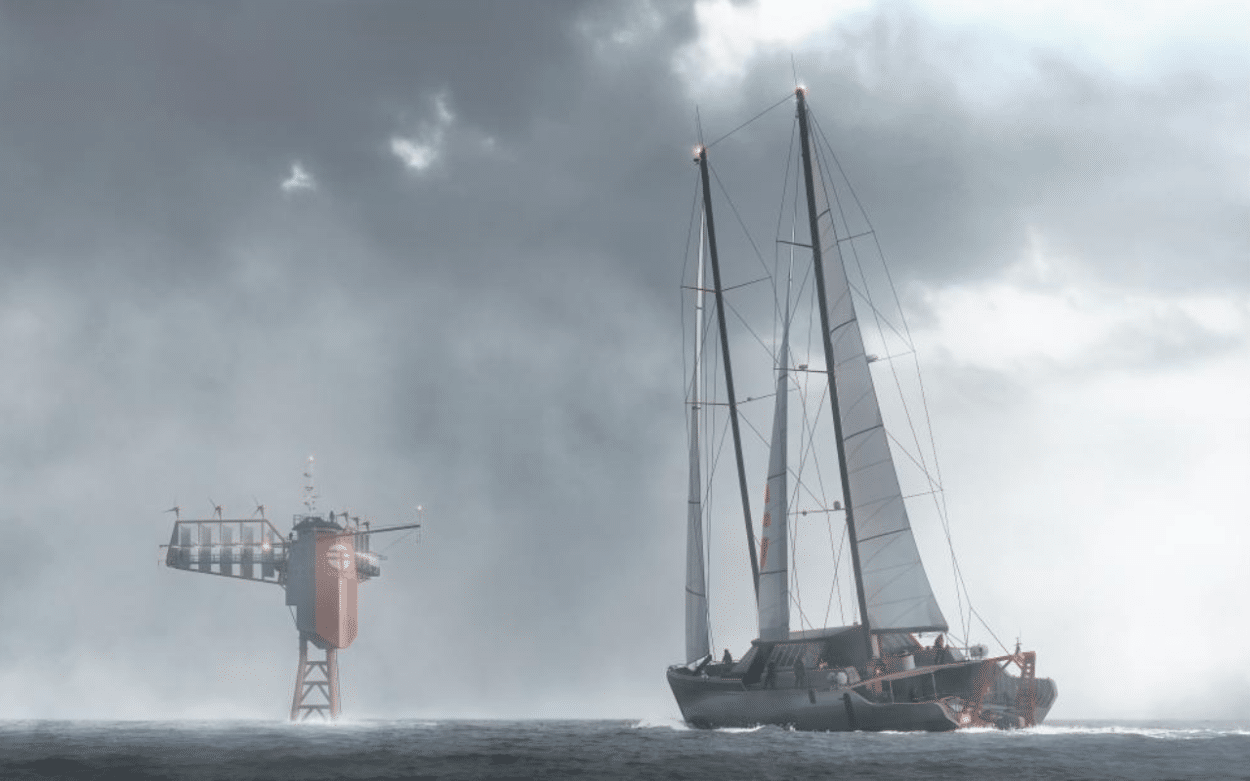
A Scientific Endeavor
Perseverance features a compact set of oceanographic sensors, including temperature, salinity, turbidity, dissolved oxygen, dissolved CO2, and pH. It also has a weather station, a muon detector, and an acoustic current meter to measure the current speed under the vessel.
The sailboat’s scientific program is coordinated by Hervé Le Goff, research engineer emeritus at the LOCEAN/CNRS laboratory, and researchers from the MIO (Mediterranean Institute of Oceanography).
According to Hervé, one of the reasons the Antarctic Ocean is so important to study is because “it is the only ocean that connects all of the sea basins.” He once again stressed the need to collect reliable data on-site:
“Data collected remotely only serves as a model, which means you can end up coming to conclusions that are in fact nonsense.”
Hervé explained that the choice was made to use continuous sensors so that Perseverance wouldn’t have to stop and take samples and could continue to move quickly, which will be especially important in its role as a provisions boat for the Polar POD. Some of the most important tools for scientific study onboard Perseverance are the FerryBox and cytometer.
The FerryBox will continuously measure the physical, chemical, and biological parameters of the water Perseverance sails through. This will help establish reliable data that could have a major impact on the planet and its ecosystems.
A cytometer will be used in combination with the FerryBox in order to study microorganisms in the water around the Antarctic Ocean such as phytoplankton. While we have had access to satellite images of the Antarctic Ocean previously, satellite images remain on the surface of the water. Perseverance’s team will be studying what’s invisible to the naked eye.
Why is phytoplankton in the Antarctic Ocean so important? Hervé explained that if we are thinking about the water absorbing carbon and releasing oxygen, we should be thinking in terms of the photosynthesis of phytoplankton absorbing carbon dioxide and releasing oxygen. Phytoplankton is also the beginning of the food chain, so it’s important to know how climate change factors such as the melting glaciers are impacting these microorganisms.

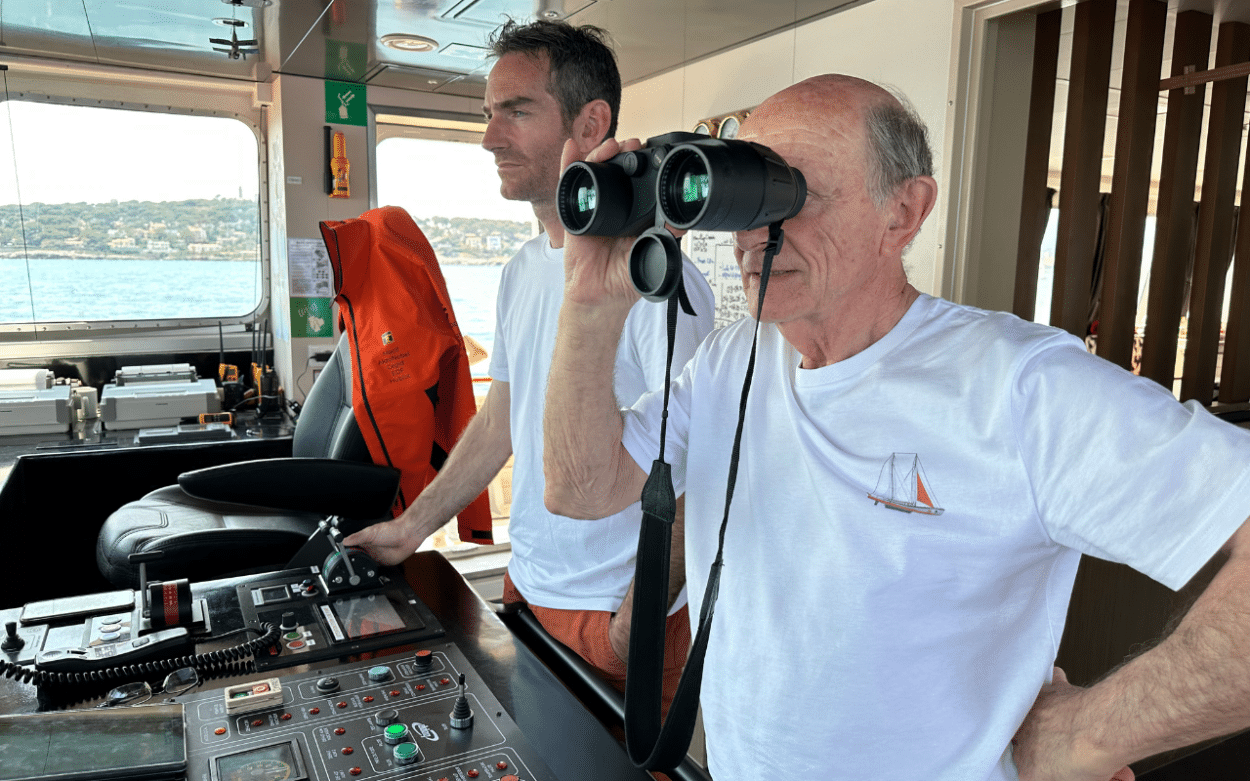
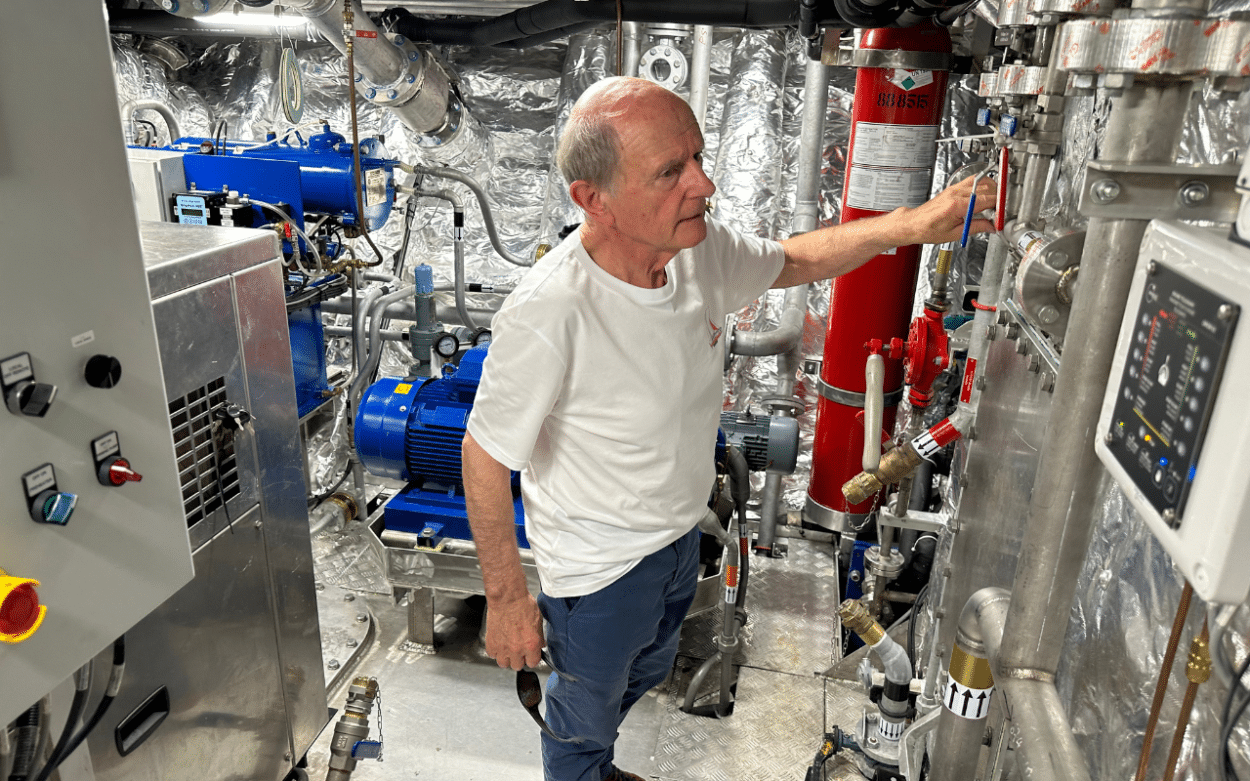
About the Polar POD
The Polar POD is a project to study the Antarctic Ocean for two years, throughout all 4 seasons. It is a vertical boat designed to resist the waves and extreme climate conditions characteristic of the Antarctic Ocean. It will follow the course of the Antarctic Circumpolar Current at between 50° and 55° southern latitude.
The Polar POD will have a loaded weight of 1,000 tonnes and a height of 100 meters.
The vertical vessel is specifically designed to be highly stable in heavy waves. The project team claims that its movements will have no impact on the air or the surrounding sea, enabling the team to take uninfluenced measurements. Mock-up tests were carried out in the wave tank in the Ifremer Center in Brest, Western France, and the ocean test facilities at Engineer School Centrale Nantes.
The Polar POD will be driven by the circumpolar current and westerly winds, and powered by six 3 kW wind turbines, making it a “zero emissions” vessel. When asked what would happen if the Polar POD got off course, Jean-Louis reassured everyone that the boat maintained directional maneuverability with asymmetrical sails, which will allow it to avoid icebergs, for example. He also shared that a telehealth service for the Polar POD would be ensured by the Purpan hospital in Toulouse, France, as there would not always be a medic onboard.
The purpose of the project is to study this little-known area that could have a major impact on how we think about climate change. According to Jean-Louis, half of the carbonic gas absorbed worldwide is absorbed by the Antarctic Ocean.

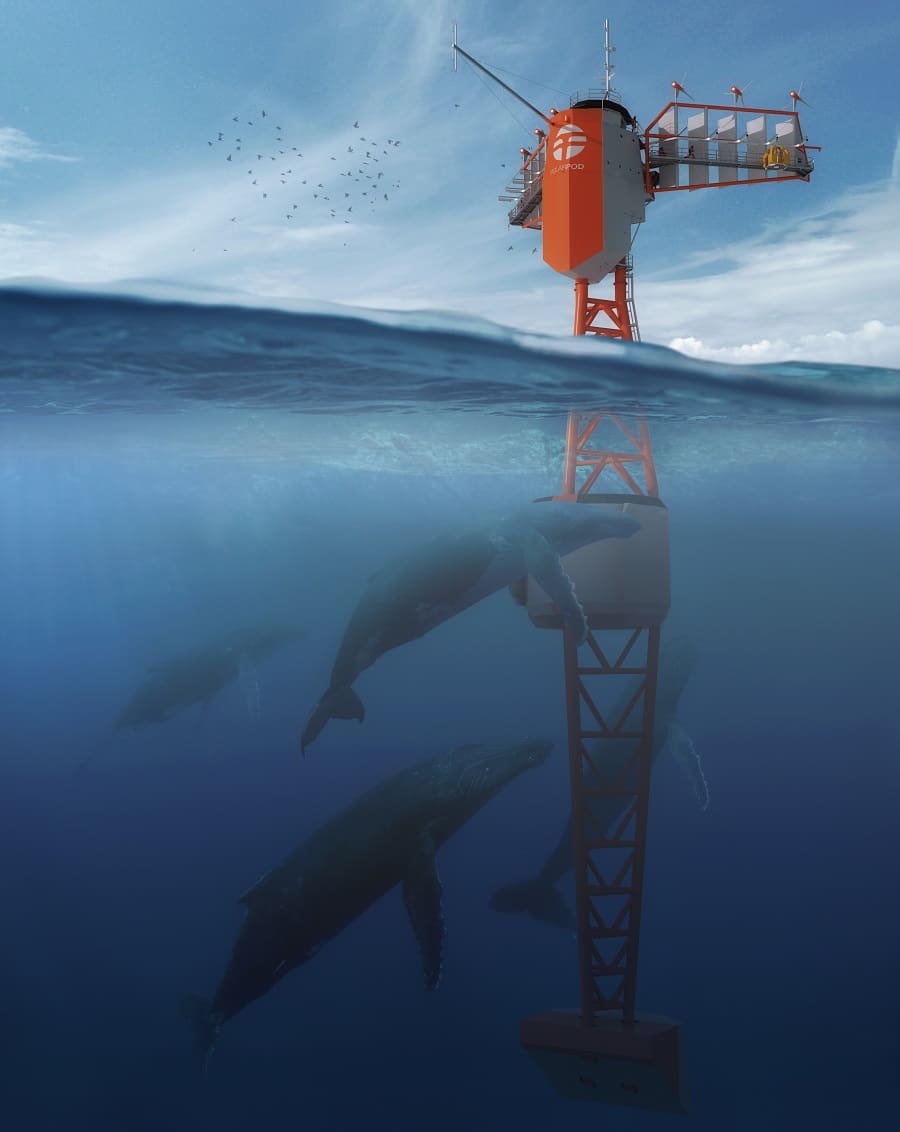
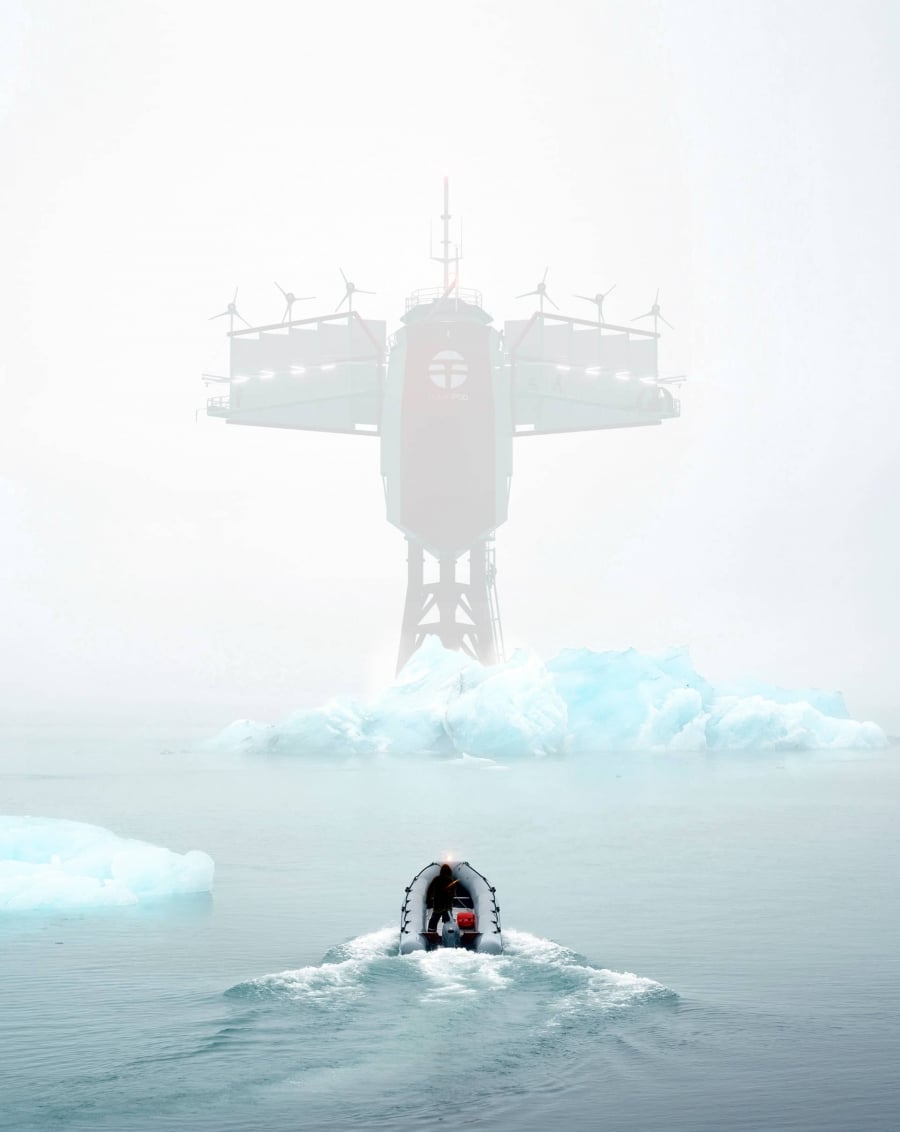
Digital Twin
Onboard Perseverance, Elsa Peny-Étienne also spoke about the partnership between the Polar POD and the French education board, including a digital twin of the Polar POD that allows students to follow its progress, with the sensors synchronized with the real captors on the Polar POD. Elsa emphasized that it is a priority not only to teach sustainable development but to inspire students to dream and wake their consciousness with projects like the Polar POD.
Both Perseverance and the Polar POD will work together to study the little-known region of the Antarctic Ocean. Everyone involved in the project consistently comes back to the name of the vessel: Perseverance. Jean-Louis stated that for him Perseverance meant,
“Resisting the temptation to give up, it’s all about politics, in everyday life, in personal projects, perseverance allows you to accomplish something.”
In this case, studying data that could hold the scientific key to understanding the Antarctic Ocean and the role it can potentially play in counteracting climate change.










